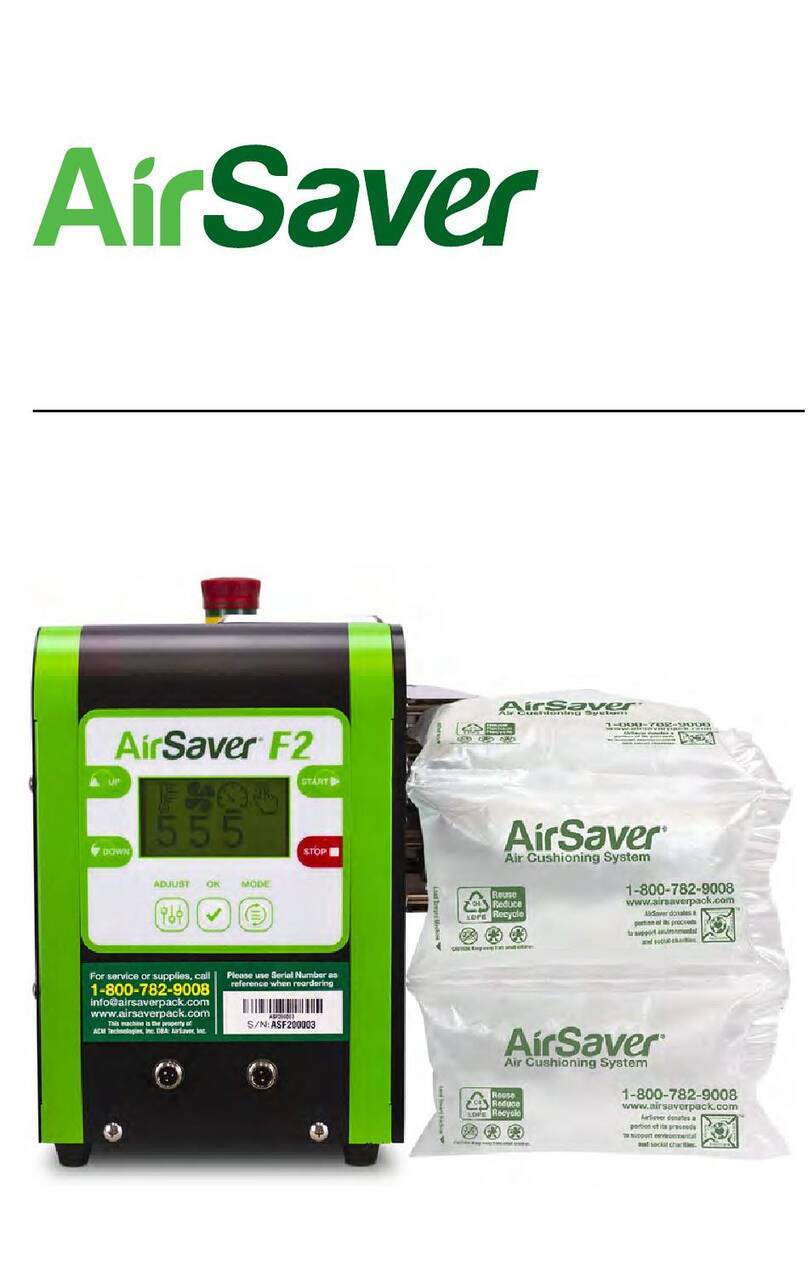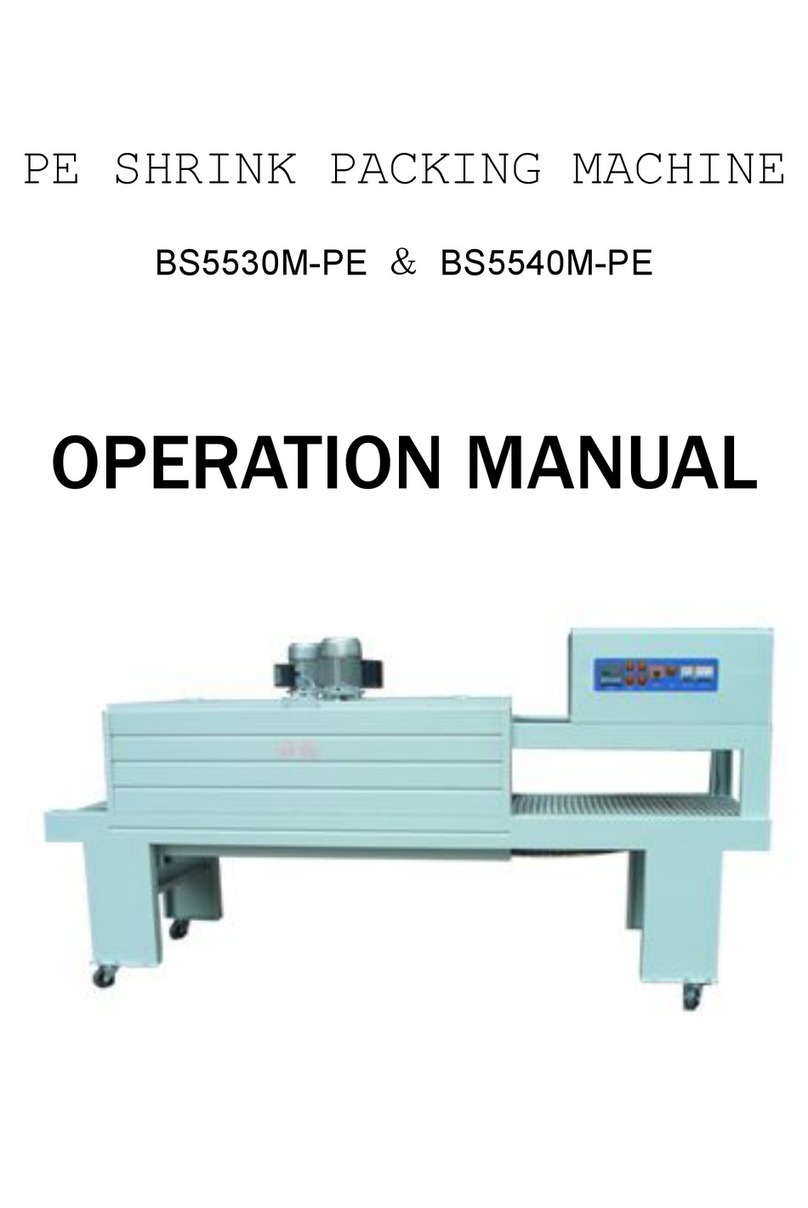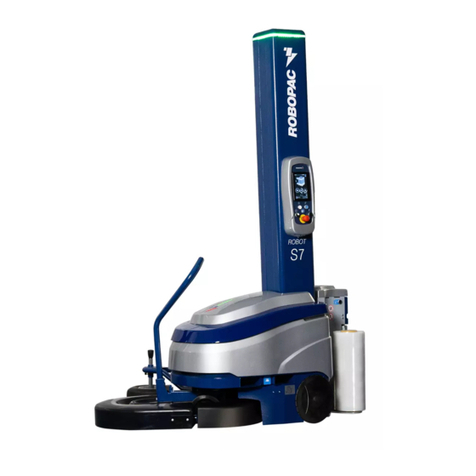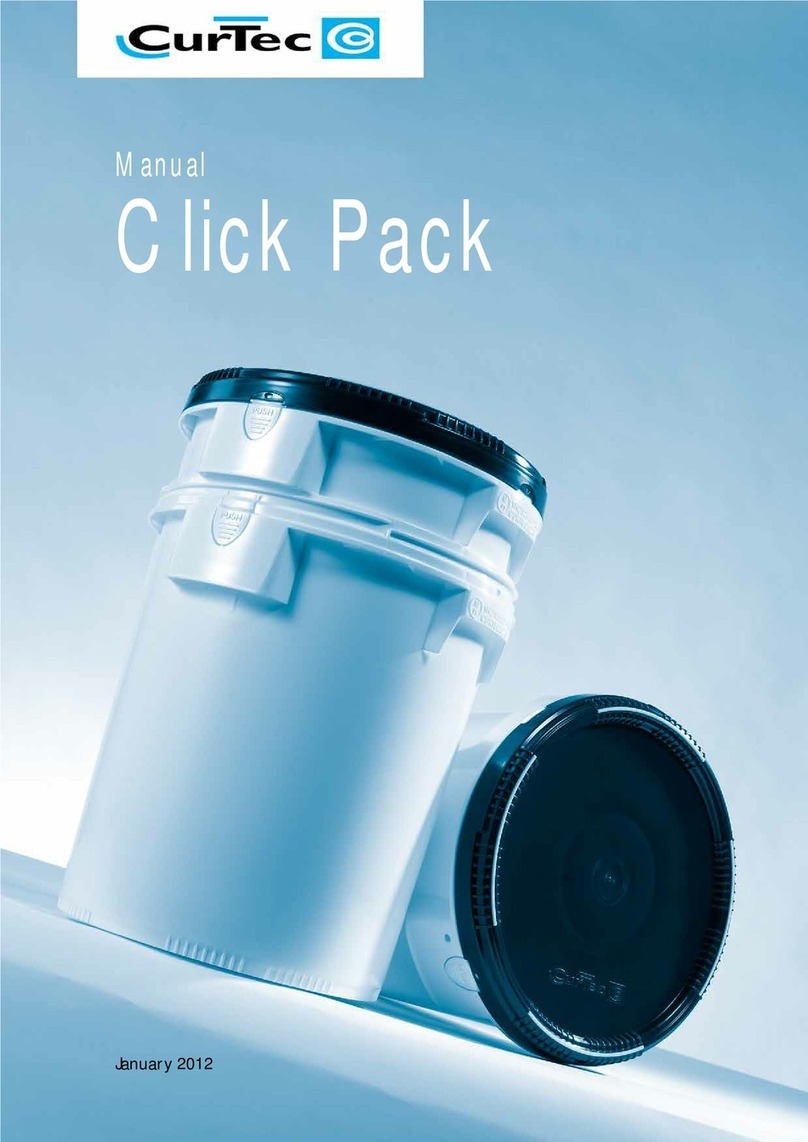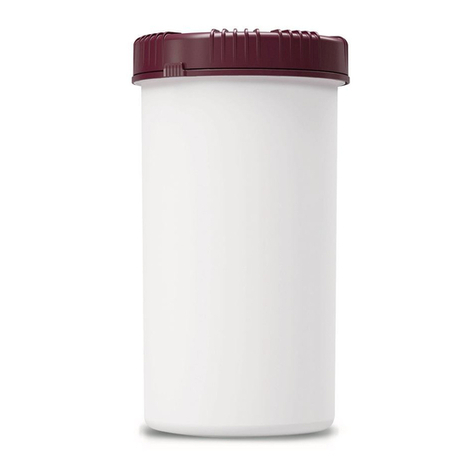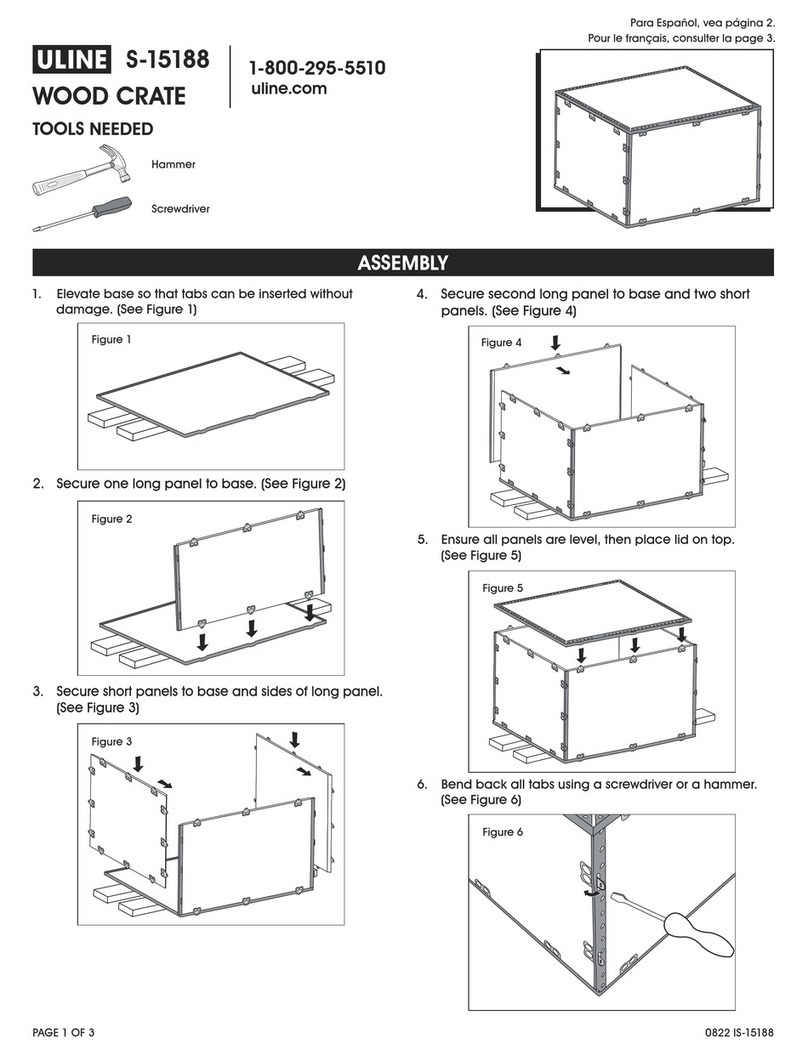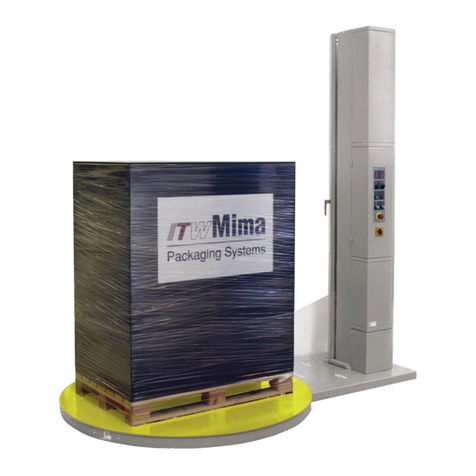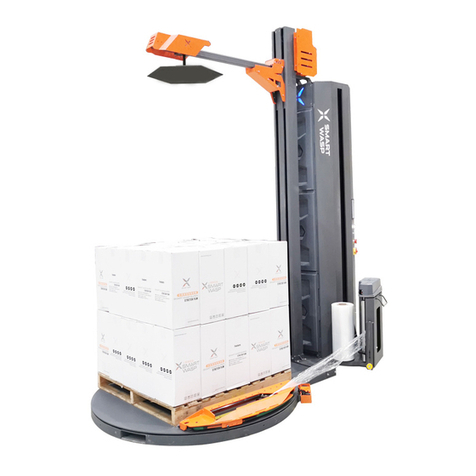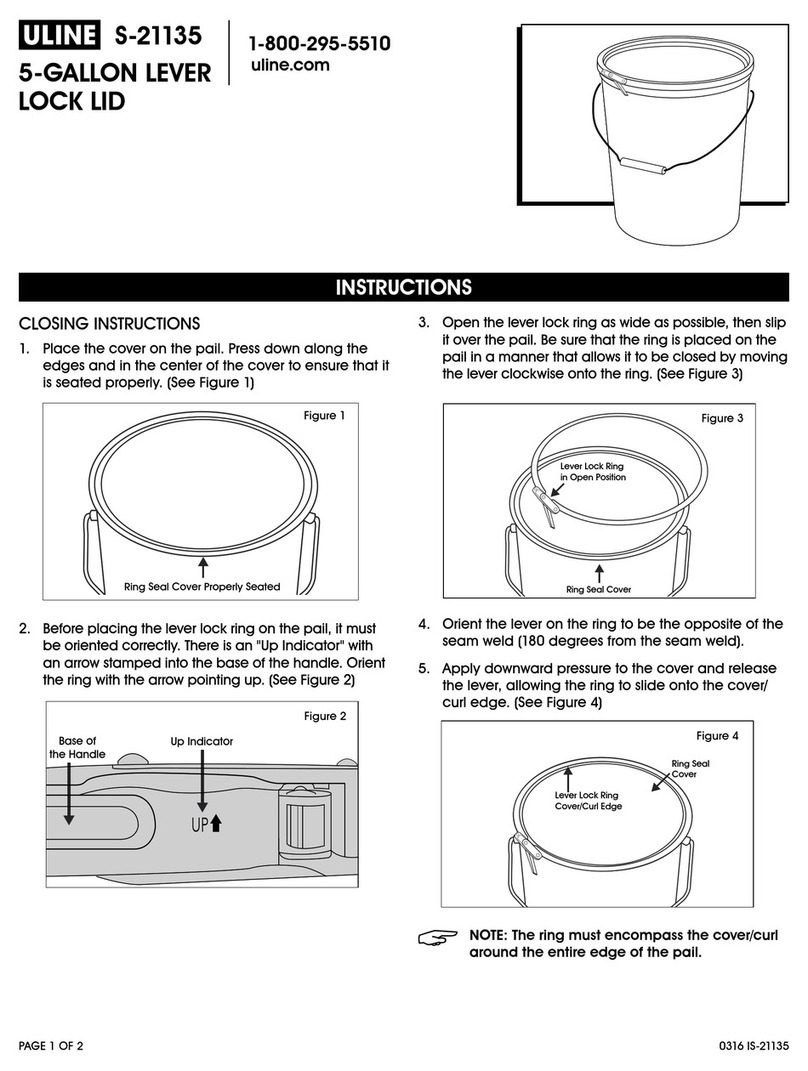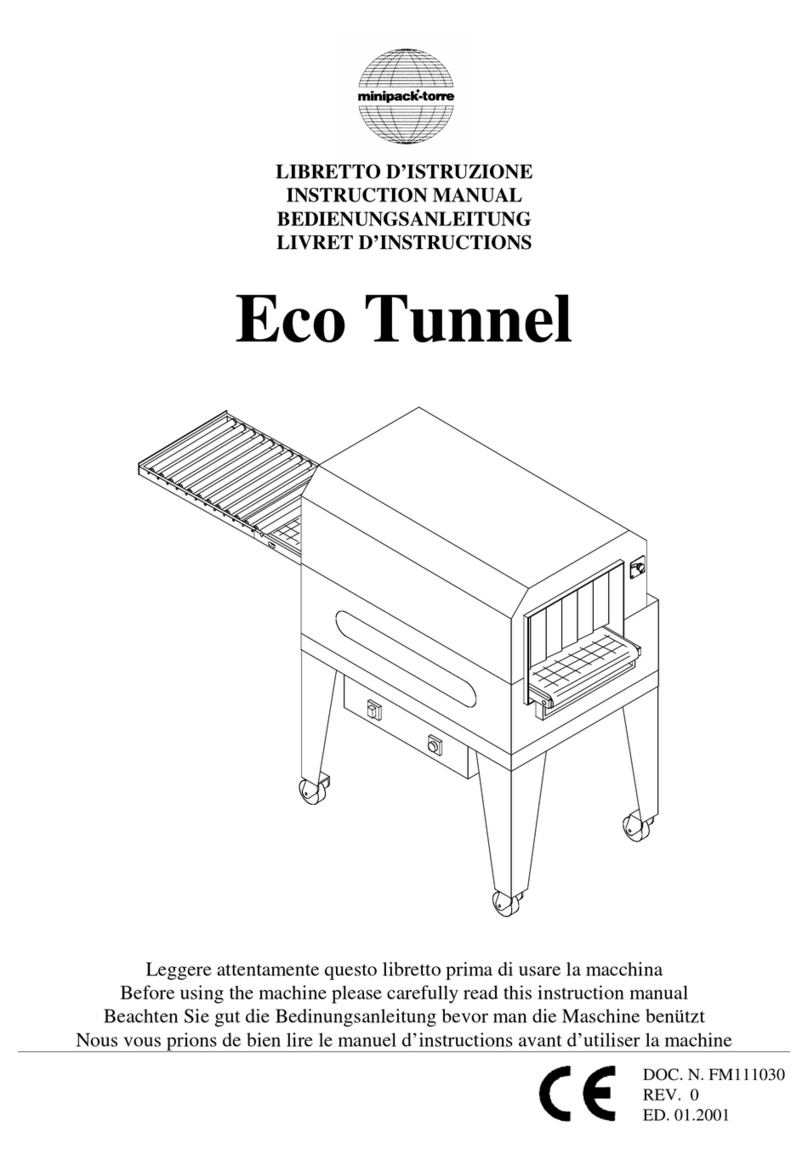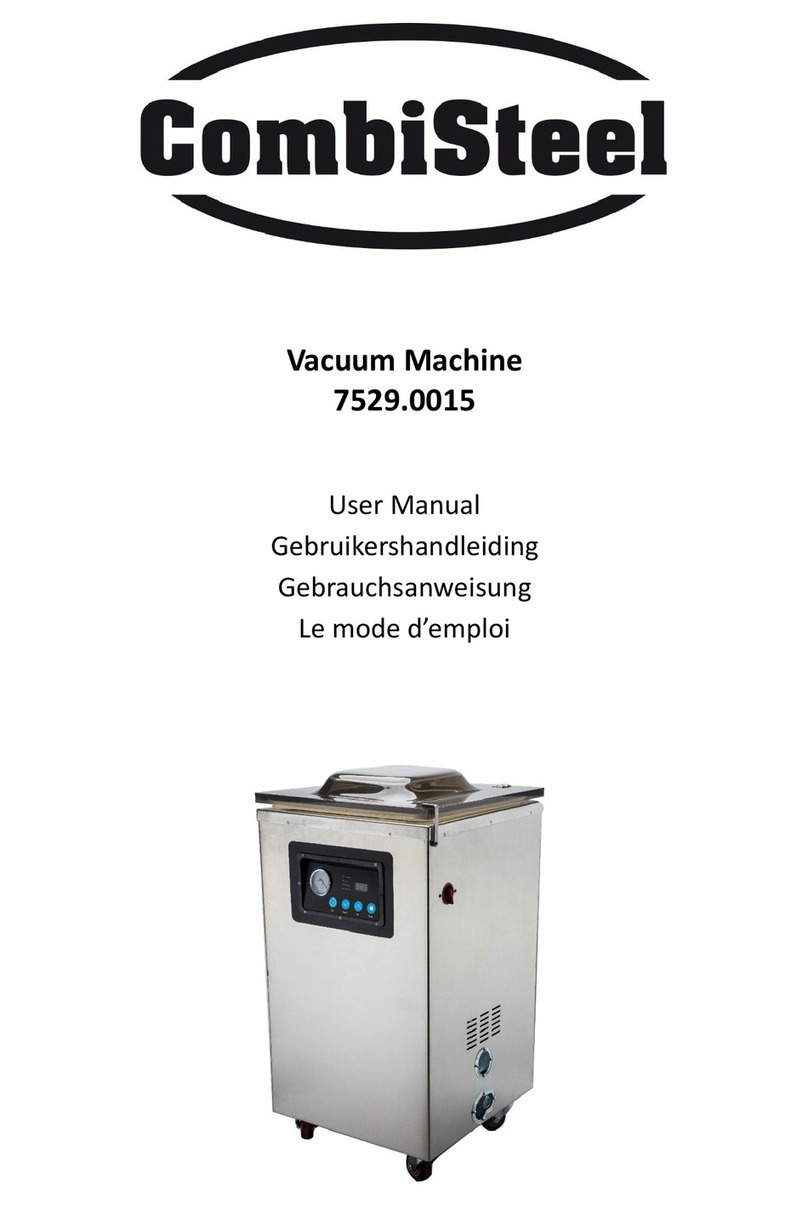
Kiuso manual 2020-7
04 Static load
When stacking containers for storage in e.g. a warehouse or cold
store, it is important to know what the maximum load on the
lowest container in a stack can be.
The stacking load depends strongly on: the weight of a container,
the number of containers to be stacked, the weight of interlayers
and pallets, the ambient temperature, the duration of the load
and the surface beneath the lowest container.
The following table shows the maximum stacking load (in kg) at a
given ambient temperature, during a certain period of time, for a
container placed on a flat, closed surface or pallet.
≤ 0° C
15° C
25° C
35° C
Attention! The weights mentioned in the table have been
established after simulation and can only serve as indications.
CurTec recommends users to perform tests at all times.
The table allows you to calculate the number of containers that
can be stacked: Reduce the stacking weight mentioned with the
relevant share of the total weight of intermediate layers and
divide by the weight of the container with content. This number,
with a figure after the decimal point lower than 8, rounded down
is the total amount of containers that can be stacked on the
lowest container of a stack.
